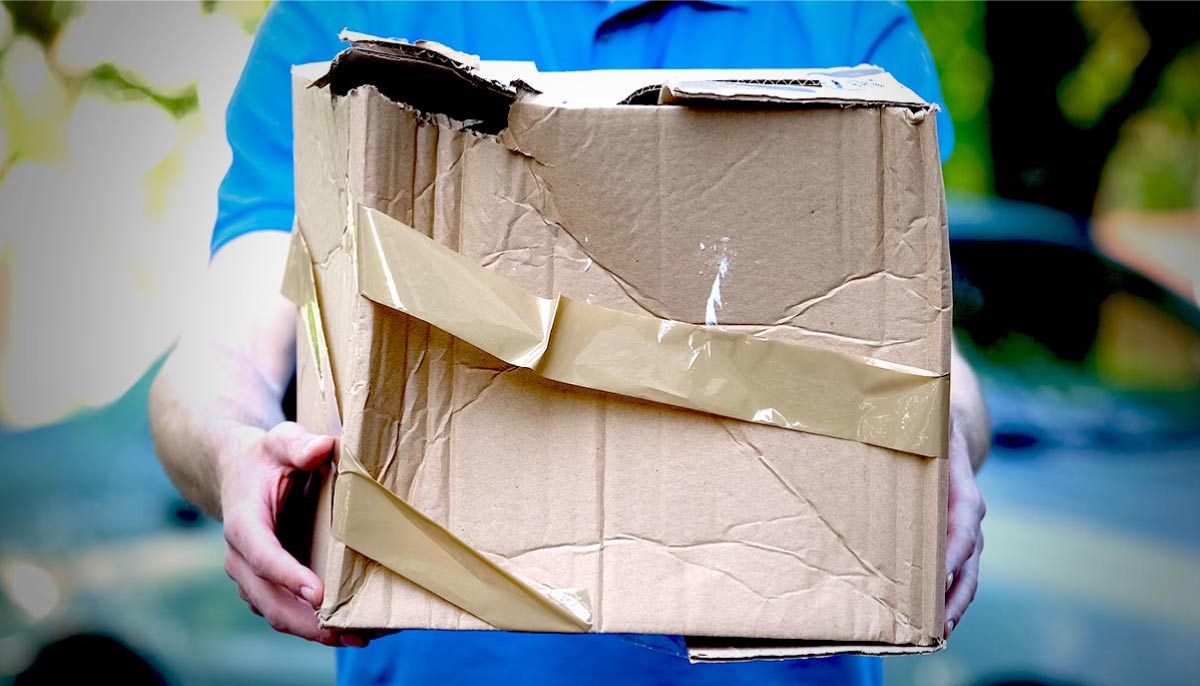
The Impact of Inadequate Packaging on Customer Experience
The primary role of packaging is to protect a product throughout the eCommerce supply chain – from distribution to delivery. Packaging that fails to do this, will not only have a direct impact on the bottom line for brands but can also hamper the relationship between a retailer and its customer.
In today’s increasingly competitive retail landscape, consumers expect products to arrive in perfect condition. As the first tactile experience an eCommerce customer has with a brand, and an extension of the brand’s overall image, making a positive first impression is vital for encouraging repeat purchases.
According to a recent survey, 76 percent of shoppers said packaging positively affected their perception of the retailer. However, if the product arrives damaged or broken the experience can become negative and will soon result in product returns.
The real cost of returns
Returns can be extremely costly for retailers. According to research, eCommerce return shipments in the U.S. totalled $32 billion in 2018 holiday season alone – 20-30% of these were due to damages. Returns require repurposing, storing, or in some cases, product destruction. Sometimes it is a combination of all three. These are all additional reverse logistics services required by the brand, which can soon add up when dealing with a high volume of returns.
Sustainable packaging solutions
By continually assessing the effectiveness of packaging across the supply chain, etailers can reduce these costs. a recent survey can be used to effectively protect a product. New packaging initiatives such as distributed packaging models eliminate a number of packaging steps in the supply chain. The raw product is sent directly from the manufacturer in bulk to the fulfilment centre, and then repackaged into its inner carton before being put away. Brands are able to save money from the initial shipping to the fulfilment centre, reduce waste, and ensure the product arrives with the customer in the best condition possible.
Right-size packaging is another effective solution – by reducing air and void fill, retailers are able to minimise shipping costs and create a much sturdier packaging that greatly reduces damaged returns.
4 key considerations when choosing an effective packaging solution:
- Assembly time will have a direct impact on workforce time, affecting the ability and speed of processing orders. Complex packaging can take the workforce more time to put together, meaning brands will end up paying far more in wages than they would with a much simpler packaging design.
- The pick/pack/ship cycle of the distribution centre must also be examined. Some products only require a single SKU – meaning the box they arrive in can be used to ship them out again – just by adding a shipping label. Whilst this is a high efficiency, cost-effective solution, it requires the packaging used to be resilient, in order to survive the entire delivery/distribution chain.
- Custom packaging solutions may also be required to ensure resilience for small, sensitive, breakable or easily damaged items. For one leading pub, cider and beer company, a custom box design that contained built-in dividers was used to save time during the packing process whilst enhancing protection by minimising movement or shaking during delivery.
- The delivery method is another important consideration that can heavily impact on cost. For example, if a brand has small products and relatively low average lines per order, but the orders are being fulfilled using a standard box, there could be an opportunity to switch to letterbox packaging. Not only could this result in a decrease in pack out time, but it could also result in significant cost savings on both packaging and transportation.
By putting in place an effective packaging solution, retailers industry-wide can ensure products are adequately protected throughout the distribution supply chain, therefore drastically reducing product damages. By doing so, online retailers can boost brand loyalty, providing a complete end-to-end positive experience for their customers.


